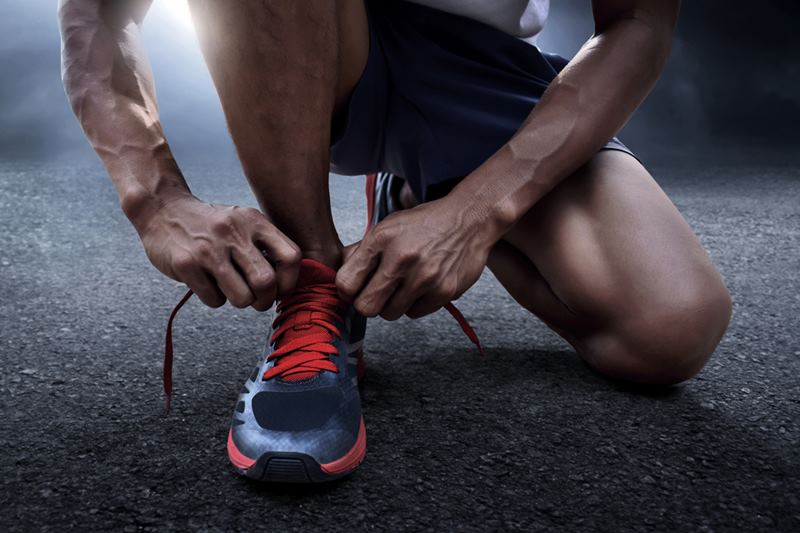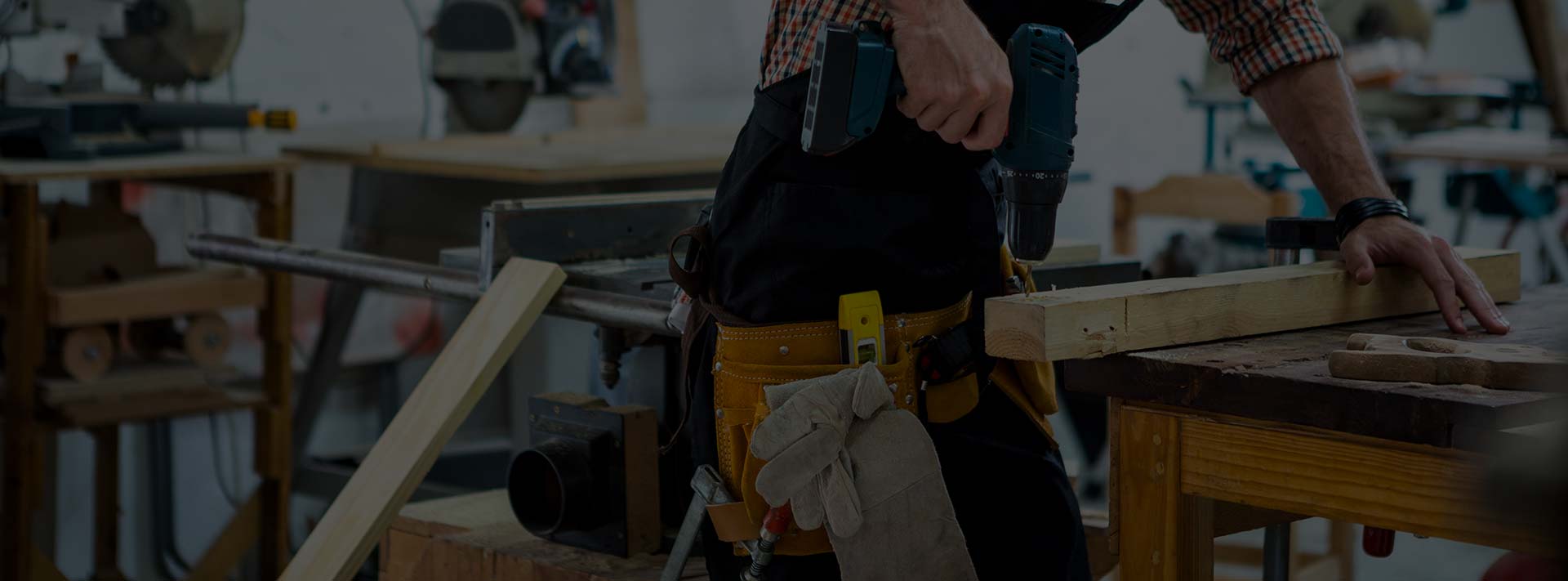
17 Jun Tips To Choose The Most Suitable Running Shoes
As a routine, you push your feet into your shoes and take to the pavement. Do you stop and think whether your footwear provides your feet and ankles the right amount of protection and comfort? Well, you need to!
Tips To Follow
If you want to prevent injury to your feet, it is critical to wear the right shoes. Consider the following 10 tips to select the right running shoes.
#1 Right Type To Suit Your Running Style
Are you going to run mostly on sidewalks or pavements? Choose light and flexible shoes that are excellent for repetitive strides on hard and even surfaces. On the other hand, if you are running on trails, your running shoes serve different purposes like providing traction, stability, underfoot protection on uneven surfaces as well as ankle support. It’s important to choose the right pair.
#2 Visit An Athletic Shoe Store
Always purchase your running shoes at an athletic shoe centre because you must know how they fit and how you feel while walking. This is not possible when you order shoes online. You may have observed that shoe sizes differ widely by brands/manufacturers and even small changes in style mean the difference between comfort and discomfort.
#3 Buy Time
Feet are at their largest in the afternoon because they swell slightly during the day; they also lengthen during a run. Keep this tip in view while buying shoes.
#4 Gait Analysis
Individual running form and gait vary from person to person. Consult a podiatrist for a technically precise gait analysis. This can be used to determine which types of running shoes you should buy to add to your comfort and improve running speed.
#5 Seek Support
If you are a runner, it is useful to get an orthotic custom-fitted to your feet. It provides support and balances your form which helps avoid injury.
#6 Do Not Buy Without Trying Out The Shoes
Wear the shoes and try a light jog in the store to check for comfort while running. Be attentive and check whether the shoe is rubbing against the toes, toenails, or backs of your ankles. When you are on a long run, such shoes can cause injuries. It’s also important that the shoe should not flop on your feet.
#7 Check the Shoe For Flexibility
Select a shoe that bends behind the toe area but not at the arch. The heel areas should be firm, and the shoe shouldn’t twist from side to side.
#8 Safety Aspect
If you are going for an evening or a night run, make sure that your shoes have reflective surfaces on the front and back of the shoe. This is essential to alert other people around you of your approach.
#9 Buy More Than One Pair
It is necessary to replace your shoes after running 350 to 500 miles. If you run every day, its best to invest in multiple pairs of running shoes. In this way, you always have a good, dry pair, and the cushioning also gets the time to rebound into shape.
#10 Never Forget About Socks
Ill-fitting socks are invariably the culprit when you suffer from blisters on your feet. Even wet socks and cotton socks cause blisters as they do not allow moisture to be pulled away from the skin. Form-fitting socks made of moisture-wicking synthetic material are a better choice.
If You Run Without Properly Fitting Shoes, You Can End Up With…
- Stress fractures
- Runner’s toe
- Ligament Strains
- Black toenails and other toenail conditions
- Shin splints
- Plantar fasciitis
- Flattening of the arch
- Muscle cramping
- Blisters, calluses, and heel fissures
- Achilles tendonitis
- Neuromas
Buy the right pair of shoes and avoid these risks. These simple tips can help you run in comfort and enjoy the activity.
We offer tailored treatment options for flat feet and other foot-related problems. For information on our podiatry services, at Sydney Sports Podiatry, feel free to contact us at either one of our locations.
Thanks for reading,
Sydney Sports Podiatry
1300 474 306



